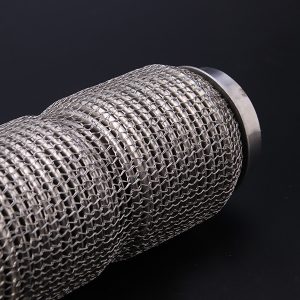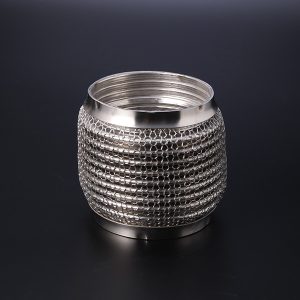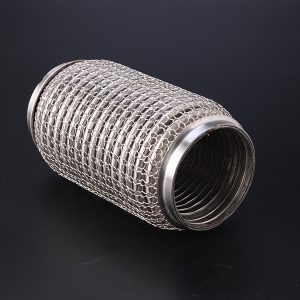


Exhaust ducts are an essential part of any ventilation system, as they help to remove stale air and pollutants from indoor spaces. One type of exhaust duct that is commonly utilized is the flexible exhaust pipe, which is made of durable materials such as aluminum or stainless steel.
Flexible exhaust pipes are often used in residential and commercial settings, such as kitchens, bathrooms, and laundry rooms. These pipes are designed to be flexible, allowing them to be easily installed in tight spaces or around obstacles. They are also resistant to heat and moisture, making them ideal for use in areas where high temperatures or humidity levels are present.
In addition to being flexible and durable, flexible exhaust pipes are also easy to maintain. They can be cleaned with a simple damp cloth or vacuum cleaner and don’t require any special tools or equipment for installation. This makes them a cost-effective choice for many ventilation applications.
Despite their many benefits, it is important to note that flexible exhaust pipes should only be used in specific situations. For example, they are not suitable for use in areas where there is a risk of fire, as they can easily melt or ignite. Additionally, they should not be used in areas where there is a risk of exposure to hazardous chemicals or fumes.
In my view, flexible exhaust ducts are a versatile and practical choice for many ventilation applications. They are commonly used in residential and commercial settings and are valued for their flexibility, durability and ease of maintenance. However, it is important to use them only in appropriate circumstances and to follow all safety guidelines to ensure their safe and effective use.

